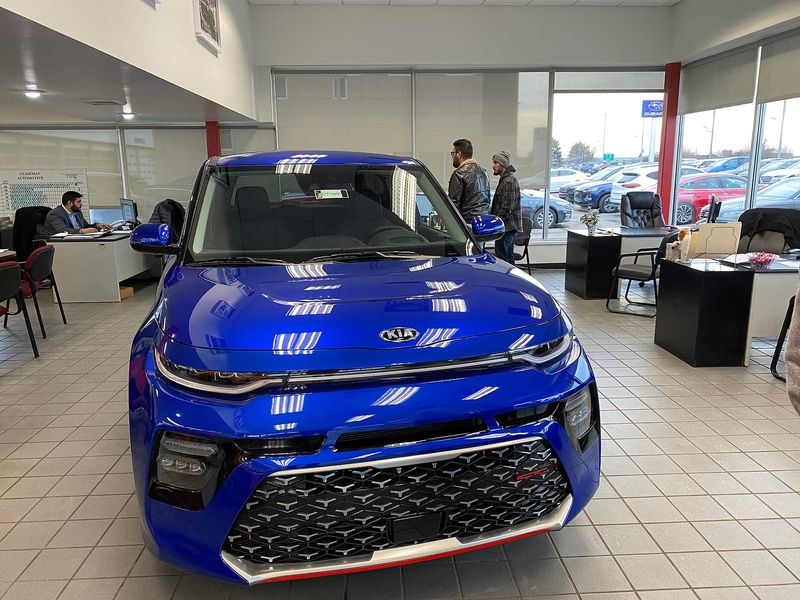
Dealerships that identify as having established digital retailing processes reported higher finance and insurance profits in April than those that didn’t, according to a study by the National Automobile Dealers Association and digital retailing provider Roadster. Respondents also reported selling more vehicles with fewer employees, an indication that digitizing more of the car-buying experience is alleviating some of the burden on salespeople.
The study, conducted May 6 to 8, asked 236 franchised and independent dealerships to compare April sales results with those in February, before coronavirus-related closures.
F&I profits rose 58 percent on new vehicles in April for respondents with digital retailing processes. Dealerships that didn’t offer digital retailing saw a smaller increase in F&I, up about 35 percent.
Dealerships also reported selling an average of 18 vehicles per salesperson in April, compared with a 13 vehicle-per-person average before the COVID-19 pandemic, according to the study.
Stores that reduced staffing levels 50 to 75 percent sold on average six more cars per person, Roadster said. Stores that reduced staff 75 percent or more said they sold an average of 20 more cars per person.
The rise in productivity and profits comes amid dramatically lower vehicle sales prompted by shelter-in-place orders aimed to slow the spread of the coronavirus. Operational changes forced by the virus include reducing dealership staff to maintain social distancing and increased reliance on digital methods of selling vehicles.
Roadster’s chief marketing officer, Michelle Denogean, said these changes are forcing dealerships to reconsider tools at their disposal and double-down on the sales they are making in a tougher environment. As a result, employees and digital tools are being leveraged more efficiently.
“This is not a recommendation that people only keep a quarter of their staff,” Denogean told Automotive News. “What we’re trying to show with this is that they can produce more than you think they can.”
The average time to purchase a vehicle shrank in April as well. Respondents said 33 percent of car deals were completed in under an hour, compared with just 9 percent of deals in February. The average transaction time was 36 minutes shorter in April compared with February.
“When people have talked about digital retailing in the past, they tend to focus on, ‘Are we going to make more sales?’ [or] ‘Is adding this widget to my website going to drive incremental dollars?’ ” she said. “They don’t often reflect, ‘Is this process actually to make me more efficient so that my cost of sale can be less?’ I think now people are starting to live it and see it.”